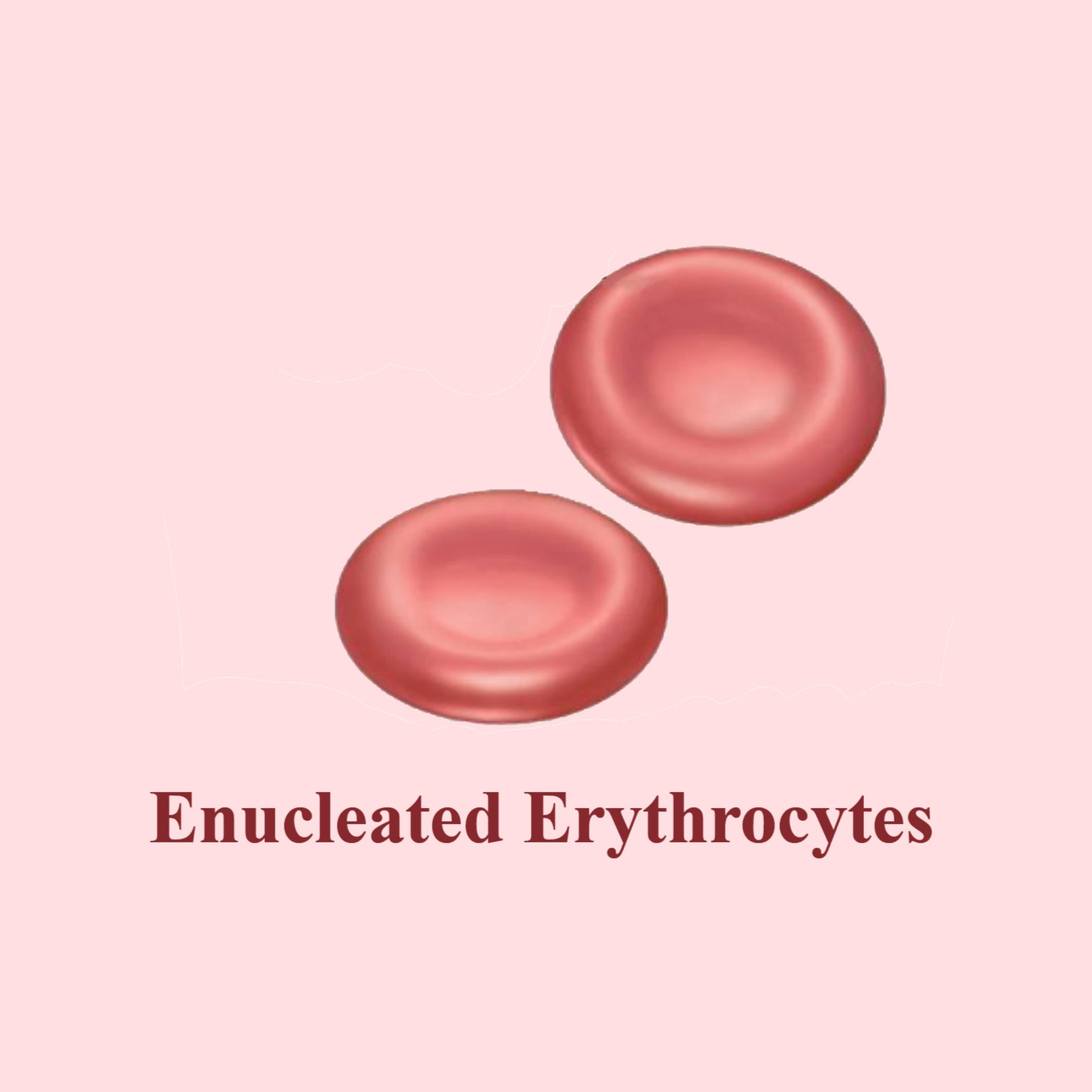
Which of the following animals has enucleated erythrocytes?
A)Earthworm
B)Cuttlefish
C)Frog
D)Rat
Answer
555.3k+ views
Hint: Enucleation provides an evolutionary advantage as it is present in the blood of all mammals. In the given options it is present in an animal that is a long-tailed rodent in the subfamily Murinae. It originates in the Indian subcontinent but now found worldwide.
Complete answer:
Rat is a mammal and as we know that enucleated erythrocyte is present in all mammals.
-Erythrocytes synthesized in the bone marrow after it undergoes a process called enucleation, which means the nucleus is removed, and the absence of the nucleus allows the red blood cells to contain more hemoglobin. Therefore all the internal space is available for oxygen. so that it can transport to other body tissues.
Additional Information: -Erythrocytes also known as red blood cells perform functions for the proper oxygen delivery to the tissues.
-The erythrocytes without a nucleus circulated in the mammalian red blood cells. The Erythroid expanded, matured, and condensed during the development in the bone marrow and then expelled their nucleus.
-Enucleation is restricted to the mammals only whereas erythrocytes with the nuclei present in birds, reptiles, amphibians, and fish.
-Cuttlefish - these are fascinating animals that have medium size cephalopods. Marine mollusks and closely related to octopus and squid. They have tentacles used to capture prey.
Earthworm- they have the receptor cells in the epidermis which cause an elevation of the cuticle. Each cell has a nucleus at different levels and possesses few basal cells internally.
Frogs - it contains DNA bearing nucleus which is visible in the center of the cell
So, the correct answer is,” Rat”.

Note: -Mammalian erythrocytes lack a nucleus and most of the organelles in order to provide maximum space for hemoglobin.
-The erythrocytes can be viewed as sacs of hemoglobin with a plasma membrane.
-Enucleated red blood cells present in mammals whereas birds, reptiles, amphibians, and fishes all possess nucleated erythrocytes.
Complete answer:
Rat is a mammal and as we know that enucleated erythrocyte is present in all mammals.
-Erythrocytes synthesized in the bone marrow after it undergoes a process called enucleation, which means the nucleus is removed, and the absence of the nucleus allows the red blood cells to contain more hemoglobin. Therefore all the internal space is available for oxygen. so that it can transport to other body tissues.
Additional Information: -Erythrocytes also known as red blood cells perform functions for the proper oxygen delivery to the tissues.
-The erythrocytes without a nucleus circulated in the mammalian red blood cells. The Erythroid expanded, matured, and condensed during the development in the bone marrow and then expelled their nucleus.
-Enucleation is restricted to the mammals only whereas erythrocytes with the nuclei present in birds, reptiles, amphibians, and fish.
-Cuttlefish - these are fascinating animals that have medium size cephalopods. Marine mollusks and closely related to octopus and squid. They have tentacles used to capture prey.
Earthworm- they have the receptor cells in the epidermis which cause an elevation of the cuticle. Each cell has a nucleus at different levels and possesses few basal cells internally.
Frogs - it contains DNA bearing nucleus which is visible in the center of the cell
So, the correct answer is,” Rat”.

Note: -Mammalian erythrocytes lack a nucleus and most of the organelles in order to provide maximum space for hemoglobin.
-The erythrocytes can be viewed as sacs of hemoglobin with a plasma membrane.
-Enucleated red blood cells present in mammals whereas birds, reptiles, amphibians, and fishes all possess nucleated erythrocytes.
Recently Updated Pages
Master Class 12 Business Studies: Engaging Questions & Answers for Success

Master Class 12 Economics: Engaging Questions & Answers for Success

Master Class 12 English: Engaging Questions & Answers for Success

Master Class 12 Maths: Engaging Questions & Answers for Success

Master Class 12 Social Science: Engaging Questions & Answers for Success

Master Class 12 Chemistry: Engaging Questions & Answers for Success

Trending doubts
What is meant by exothermic and endothermic reactions class 11 chemistry CBSE

Which animal has three hearts class 11 biology CBSE

10 examples of friction in our daily life

One Metric ton is equal to kg A 10000 B 1000 C 100 class 11 physics CBSE

1 Quintal is equal to a 110 kg b 10 kg c 100kg d 1000 class 11 physics CBSE

Difference Between Prokaryotic Cells and Eukaryotic Cells




